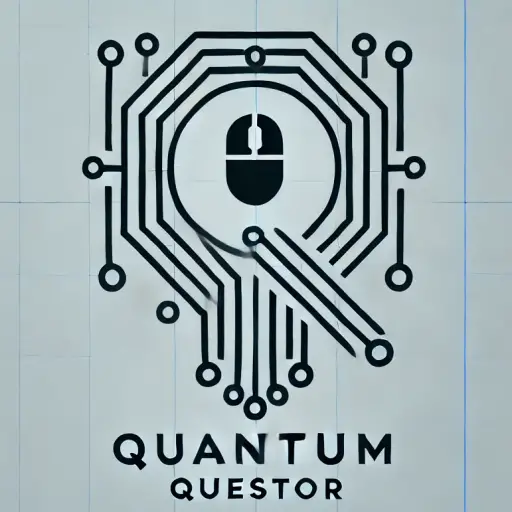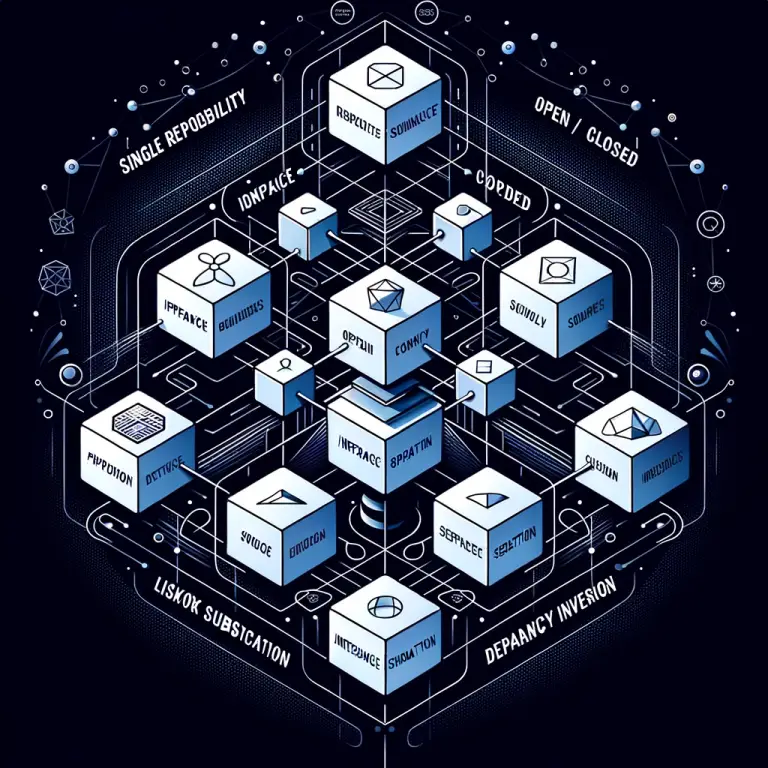
Title: Developing Indie Games: A Catalyst of Creativity
Introduction
In the realm of digital creativity, independent or ‘indie’ games hold a significant position. These games symbolize creativity, innovation, and devotion of independent developers who share a profound passion for gaming. Offering a diverseness far from conventional gaming, indie games represent artistic, avant-garde concepts, which often defy traditional genre categories. This article hopes to shed light on the individual aspects of developing indie games, providing insight into methods for design, production, funding, and release that can be followed by prospective indie game developers.
Main Content
1. Idea Generation:
The inception of an indie game begins with an idea. A unique, innovative idea is crucial for creating a niche in the bustling gaming market. Sometimes the best ideas come from your interests, old games you’ve loved, books, movies, or even personal life experiences. The key factor is ensuring these concepts will engage and delight players.
2. Preproduction and Design:
Once the concept is solidified, preproduction planning starts, which involves defining the game mechanics, visual style, characters and the world. Storyboarding, conceptual drawings, and production timelines are also established during this phase. The use of a Game Design Document (GDD) is advisable to guide the development process and maintain consistency within the team.
3. Development:
Next comes the development phase, which involves writing code, creating artwork, and developing gameplay mechanics. This is where the bulk of the work happens and the game begins to take shape. Developers can choose from various game engines like Unity, Unreal Engine, or Godot according to their requirement.
4. Testing:
After a prototype is built, playtesting becomes crucial to ensure players can navigate the game smoothly and are captivated by the gameplay. Bug detection and Fixes are integral parts of this process.
5. Funding:
One key issue for indie developers is funding. Options range from going it alone, bootstrapping, crowdfunding, receiving grants, to securing venture capital investments. Crowdfunding platforms like Kickstarter have significantly shaped the indie games industry, enabling indie devs to gather resources for their projects by engaging directly with future players.
6. Marketing:
Marketing comes with its own set of challenges. Utilizing social media, gaming platforms, and gaming communities can be fruitful. Joining indie gaming events, demo-days, or game jams can also provide excellent exposure.
7. Release:
The game’s release is the pinnacle of the entire process. Choosing the right platform (PC, Console, Mobile), pricing it correctly, and offering post-release support for bugs and updates plays a significant role in the game’s success.
Conclusion
Developing indie games is an arduous yet rewarding journey that allows developers to express their creativity and contribute to the rich tapestry of the gaming industry. With the right mix of unique ideas, development strategy, funding, marketing, and a lot of perseverance, indie game developers create experiences that leave a lasting impact on players and the gaming world. As indie games continue to become a significant segment of the global game market, they represent opportunities for creative expression, innovation, and financial success.

